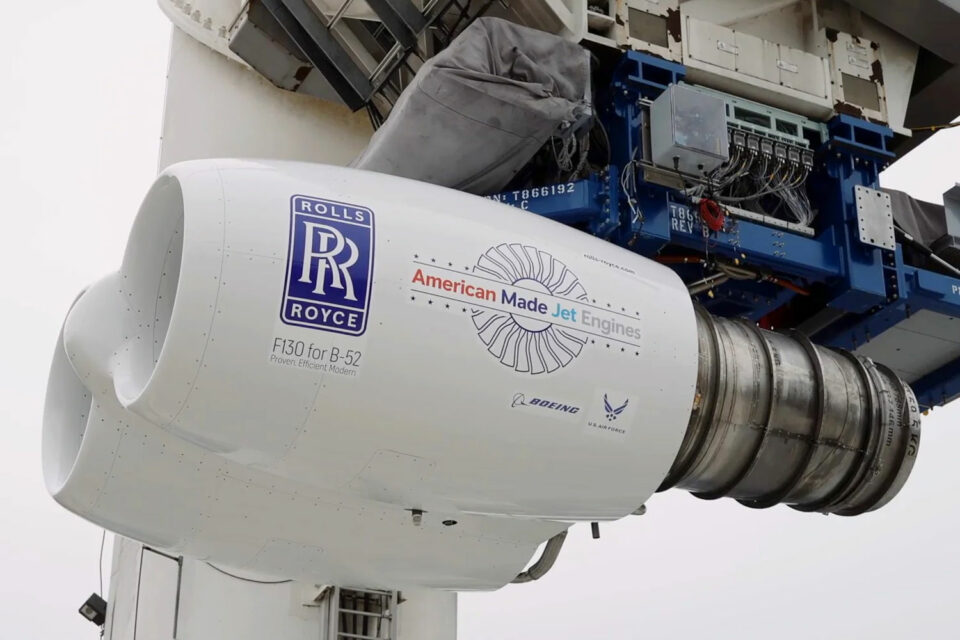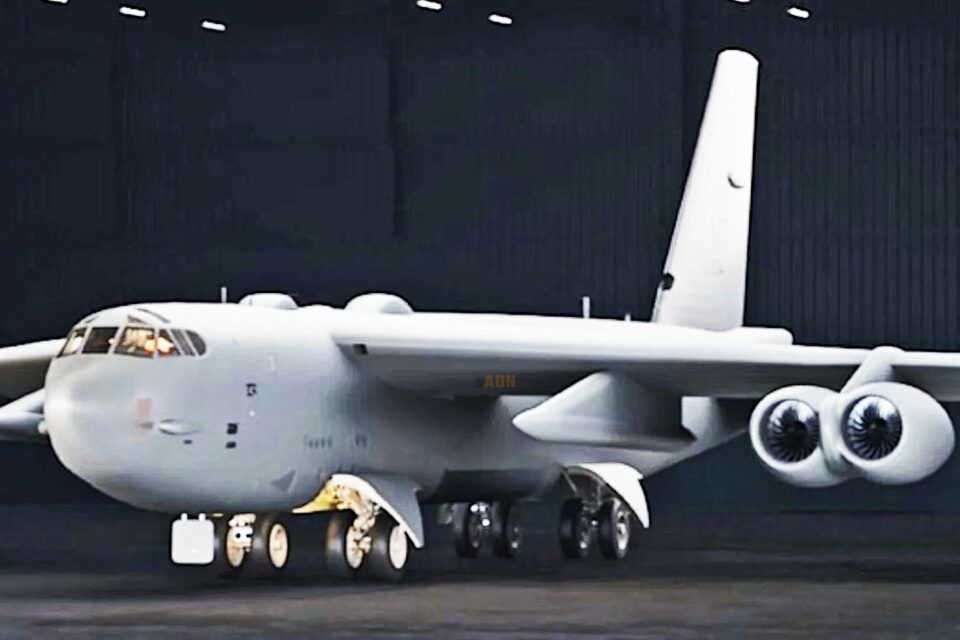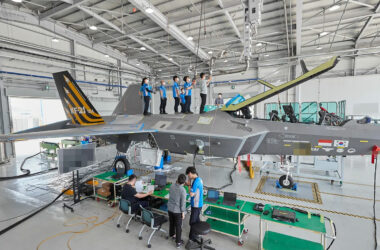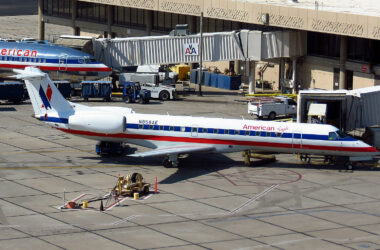The U.S. Air Force’s (USAF) fleet of 76 Boeing B-52H strategic bombers that will be upgraded have been impacted by initial operational capability (IOC) deferrals, a government report says.
According to the document, the CERP (Commercial Engine Replacement Program) program, which will replace the current TF-33 engines with the Rolls-Royce F130 turbofan, is only expected to reach the initial phase of operation in 2033.
Until then, the Air Force planned to have the first B-52J, as they will be designated, in 2030. The reason for the delay is the lack of funding to complete the project.
Boeing and Rolls-Royce are developing virtual prototypes of the aircraft, which will receive new supports for engines derived from the BR725 civil model, electrical power generation unit and cabin displays.

The new schedule calls for a critical review of the project in August 2025 and contracting three months later. A low-rate production decision is expected in November 2028 and operational tests will only take place in April 2032.
AESA radar in 2027
Another modernization program for the old bomber, the RMP (Radar Modernization Program), is experiencing increasing costs.
The plan is to replace the inefficient and antiquated APQ-166 radars with the APG-79 used on the F/A-18E/F fighter and adapted by Raytheon.
As it is a mature project, the APG-79 seemed to be a simpler process but in practice the AESA (Active Electronically Scanned Array) radar is only expected to begin operational testing at the end of 2026 with initial capability occurring in July 2027.

In service until 2050
The US Air Force has decided to retire the newest B-1B and B-2A bombers while preserving a large fleet of B-52s in service.
Versatile and reliable, the B-52 is also capable of performing conventional and nuclear missions and is expected to remain in service until 2050 after upgrades.
It will operate alongside the new B-21 Raider, a 6th generation stealth bomber being developed by Northrop Grumman.
Via Flight Global






